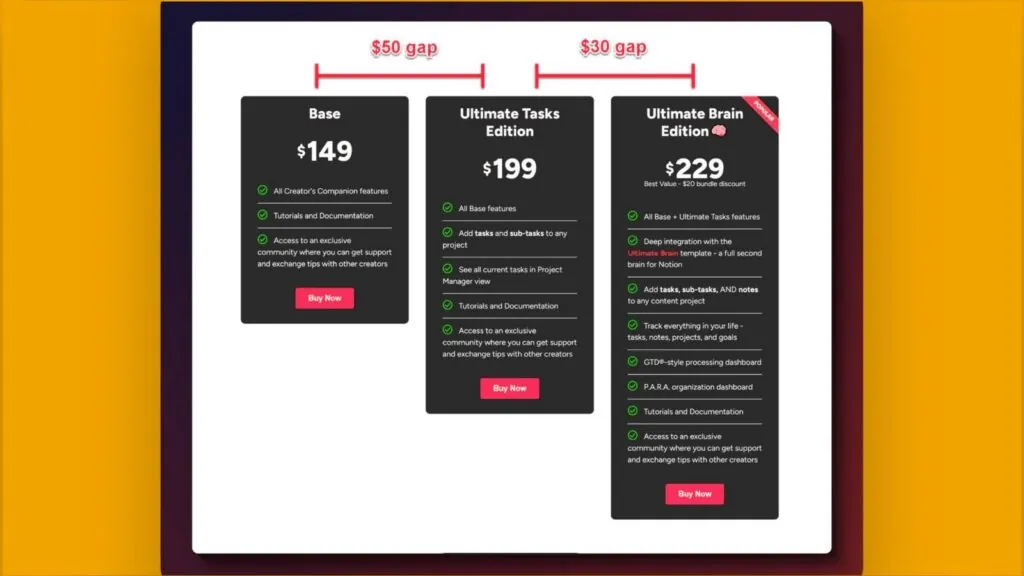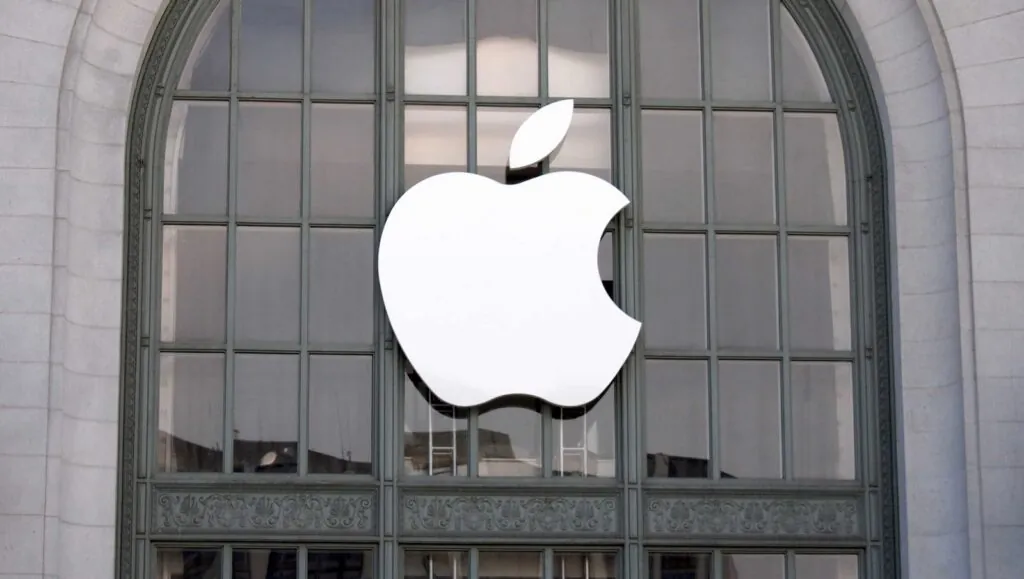How Pricing Analysts Can Use Psychology to Create Profitable Pricing Strategies
Published On 30 October, 2024
Pricing is more than numbers; it’s about understanding why customers make their choices. As a Pricing Analyst, you’re uniquely positioned to influence those choices. By applying simple psychological pricing techniques, you can help customers see more value in your offerings, guide them toward premium options, and drive more sales—all with just a few small adjustments.

1. Introduction to Psychological Pricing
Why Psychological Pricing Matters
Psychological pricing is a strategy that uses principles of human behaviour to encourage certain purchasing decisions. Customers often make decisions based on perception and emotional responses rather than purely logical evaluations. By understanding these principles, you can guide your customers toward the options you want them to choose without drastic price changes.
Examples of Psychological Impact in Pricing
- Charm Pricing (e.g., $9.99 instead of $10) triggers a perception of lower prices, even if the difference is minimal.
- Anchoring sets a reference price, which can make other options seem like better deals in comparison.
- Bundle Pricing creates a sense of value by offering packages at a lower combined price than individual items.

2. Popular Psychological Pricing Techniques
Each psychological pricing technique has a specific influence on customer perception and behaviour. Here’s a closer look at some of the most impactful methods:
Charm Pricing (e.g. $9.99 instead of $10)
Why it works: Charm pricing is based on the idea that customers perceive prices ending in “.99” or “.95” as significantly lower than rounded prices, even though the difference is minor. This approach plays on the left-digit effect, where customers focus more on the first digit of a price.
How to implement it:
- Adjust price points to end in .99 or .95 for products with high price sensitivity. For instance, pricing an item at $19.99 instead of $20 can increase the perception of value.
- Monitor customer response: Use sales data to observe if conversions increase when charm pricing is applied. Excel or data analytics tools can help track changes in sales volume.
For example, a coffee shop may charge $2.99 instead of $3.00 for a latte, subtly increasing the customer’s perception of affordability.

Anchoring
Why it works: Anchoring involves setting a reference price and influencing how customers perceive other prices. For instance, if you display a premium product next to a standard one, customers may see the standard option as a better deal. This is particularly useful for encouraging customers to buy higher-margin products.

How to implement it:
- Display multiple pricing options together: Position a high-priced item alongside more affordable ones to create a point of comparison.
- Use “Was” or “Original” prices: Showing an “original” price next to a sale price creates an anchor, making the discounted price look more attractive.
Example: A clothing store might display a $150 jacket next to a similar $80 jacket. Customers may consider the $80 jacket more reasonable than the higher-priced option.
Bundle Pricing
Why it works: Bundle pricing groups multiple products or services together at a lower combined price than if purchased individually. This approach appeals to customers’ sense of getting a deal and can increase the average order value.
How to implement it:
- Create bundles that add value: Bundle complementary products or services, such as a shampoo and conditioner set, and offer a small discount compared to buying each item separately.
- Experiment with different bundles: Use Excel to track which combinations are most popular and which drive the highest sales.
Example: A fitness centre may offer a bundle of a one-month membership and three personal training sessions at a discounted rate compared to purchasing each separately.

The Power of Free
Why it works: Offering something for free, even a small item, can greatly influence buying behaviour. When customers perceive added value in a purchase, they are often more likely to complete the transaction and may even pay a higher price.
How to implement it:
- Add free items to enhance perceived value: Offer a free gift, such as a sample or accessory, with a purchase.
- Run limited-time “Buy One, Get One Free” offers: These can be highly effective for products where increasing volume is a goal.
Example: An online retailer may offer a free accessory with a larger purchase, like a free phone case with a smartphone.

3. Cultural Variations in Pricing Psychology
Psychological pricing is not universally perceived the same way; cultural factors can significantly influence customer responses to pricing strategies. For instance, charm pricing ($9.99 vs. $10) is effective in many Western markets, but it may not have the same impact in regions where numerical symbolism differs. Similarly, offering free items as part of a sale may resonate differently in cultures with varying attitudes toward “value” and “quality.”
Understanding these cultural nuances is critical for Pricing Analysts working in global markets or with diverse customer segments. Adjusting psychological pricing strategies based on regional or demographic preferences can help ensure they resonate meaningfully with the target audience.
4. Testing and Measuring the Impact of Psychological Pricing
Implementing psychological pricing techniques is only the first step. To understand their effectiveness, testing and measuring each strategy is essential. Here’s how:
Use Excel to Create Simple Models for Analysis
- Create a baseline: Track current sales data for a product without any psychological pricing adjustments.
- Apply the pricing technique: Adjust the price and monitor changes in sales volume, conversion rates, or average order value over a specified period.
- Compare results to the baseline: Analyse the difference between pre-and post-adjustment data to determine the impact.
For example, you could track monthly sales before and after introducing charm pricing on select products. If sales increase, you’ll have data-backed proof that the technique is effective.
Key Metrics to Track:
- Sales Conversion Rate: This is the percentage of customers who make a purchase after viewing the product. An increase suggests that the pricing adjustment was effective.
- Average Order Value: Bundle pricing and free add-ons can increase the average order value, so monitor this metric to see if customers are spending more.
- Profit Margins: Track any changes in profit to ensure that pricing adjustments are still maintaining profitability.
Testing and measuring allows you to fine-tune psychological pricing techniques over time, helping maximise their impact.
Advanced Metrics for Measuring Success
Beyond tracking conversion rates and average order values, advanced metrics can offer a more comprehensive view of psychological pricing’s long-term impact. Customer Lifetime Value (CLV) is one metric that captures the total value a customer brings over their entire relationship with the brand. High CLV suggests that psychological pricing strategies are not only converting sales but also fostering loyalty. Another valuable metric is the Customer Retention Rate, which indicates whether these pricing tactics encourage repeat business. By monitoring these metrics, Pricing Analysts can assess the sustained effectiveness of their strategies and make data-driven adjustments for continuous improvement.
5. Practical Applications
To bring these concepts to life, here are real-world examples of how companies have successfully used psychological pricing techniques:
Case Study 1: H&M Boosts Sales with Charm Pricing

H&M, the global fashion retailer, extensively uses charm pricing. By pricing many of its products just below round numbers (e.g. $9.99 instead of $10), H&M capitalises on the left-digit effect, encouraging customers to perceive items as more affordable. This approach has helped H&M attract budget-conscious shoppers while maintaining a premium look and feel.

Case Study 2: Apple Uses Anchoring to Drive Premium Sales

Apple effectively uses anchoring with its product lineup, often introducing high-priced products that make other models appear more affordable by comparison. For instance, introducing a top-tier iPhone model at a higher price point encourages customers to view the standard model as more reasonably priced, thus boosting sales for that tier.
6. Integration with Digital Tools for Dynamic Pricing
Psychological pricing becomes even more powerful when combined with real-time data analytics. Many e-commerce platforms and pricing software tools allow Pricing Analysts to adjust prices dynamically based on customer behaviour, competitor pricing, and market trends. This capability enables a more precise application of psychological pricing, such as offering targeted discounts to specific customer segments or adjusting prices based on peak shopping times.
Leveraging these tools allows companies to optimise their pricing strategies continuously, ensuring that psychological pricing techniques are timely, relevant, and aligned with customer expectations.
7. Fine-Tuning Psychological Pricing for Long-Term Success
While psychological pricing can be incredibly effective, using these techniques judiciously is essential. Here are some best practices to ensure long-term success:
- Avoid Over-Discounting: Constant discounts can lead to customers expecting lower prices, potentially devaluing your product.
- Maintain Profit Margins: Ensure that techniques like bundling or offering free items do not erode profit margins. For example, using a small, low-cost item as a free gift can increase perceived value without significantly affecting profits.
- Stay Attuned to Customer Feedback: Regularly collect feedback to understand how customers perceive your prices. If customers begin to feel your pricing tactics are too manipulative or misleading, it could harm brand trust.

By balancing psychological techniques with solid pricing fundamentals, you can create a pricing strategy that appeals to customers without sacrificing profitability.
Ethical Considerations in Psychological Pricing
While psychological pricing can drive short-term results, it’s essential to maintain ethical boundaries to protect long-term brand reputation. Overusing tactics like charm pricing or constant discounts can make customers feel manipulated, potentially damaging trust in the brand. For example, frequent “limited time offers” may backfire if customers begin to expect continuous discounts, leading to price sensitivity and eroding perceived value. The key is to use psychological pricing judiciously, positioning it to enhance customer value rather than deceive. Transparent communication and thoughtful application of these techniques can foster a sense of integrity and build stronger, lasting relationships with customers.
Harness the Power of Psychological Pricing
Psychological pricing techniques offer Pricing Analysts a powerful way to influence customer perceptions and drive profitability. Minor adjustments—whether it’s pricing products at $9.99, offering bundled packages, or using anchoring—can have a significant impact on customer behaviour.
Psychological pricing can become a valuable tool in your pricing strategy when used thoughtfully and tested thoroughly. Start with small adjustments, measure the impact, and iterate based on what you learn. Over time, you’ll develop a nuanced approach leveraging data and psychology, helping you make pricing decisions that enhance your company’s bottom line.
By mastering these techniques, you’ll increase your effectiveness as a Pricing Analyst and contribute directly to creating more impactful pricing strategies.
Ready to master psychological pricing? Enrol in Pricing University to gain practical skills that enhance your pricing strategies. Learn, apply, and see the results in customer engagement and profitability. Take the next step in your career today!



